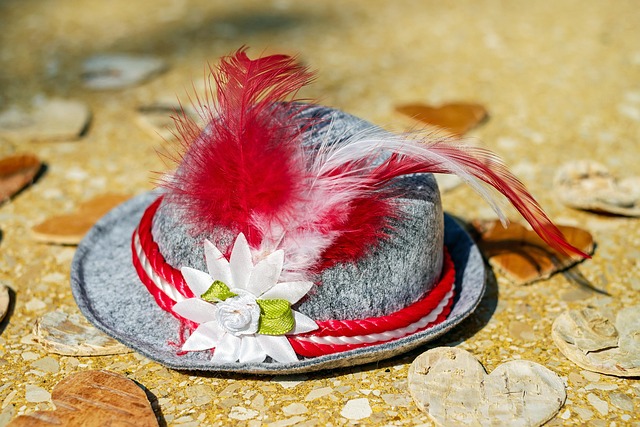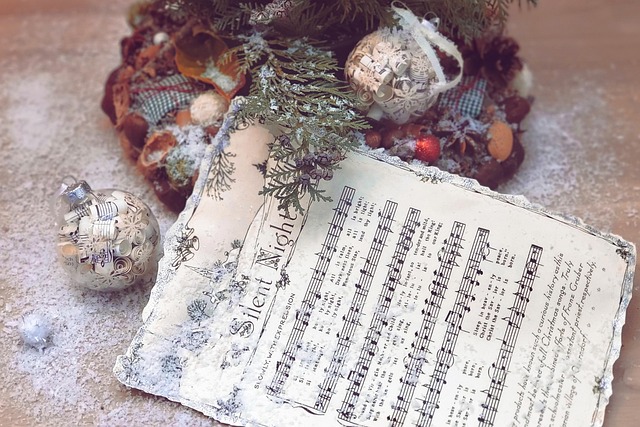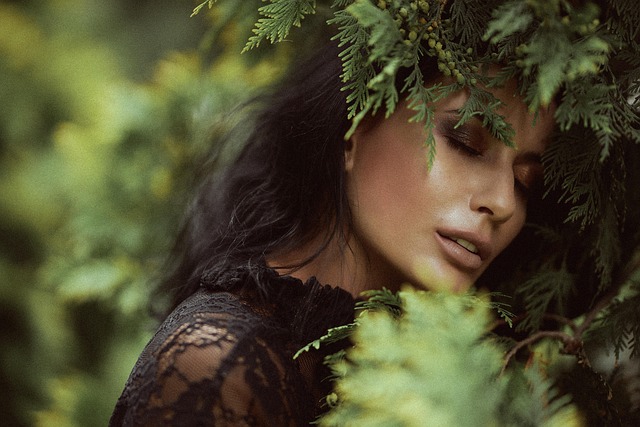Folk tradition has always been the heartbeat of music culture, echoing ancestral stories and communal experiences through melodies and lyrics. As we delve into the diverse landscape of musical genres, it’s fascinating to see how folk traditions have morphed over time, adapting to contemporary influences while retaining core aspects that resonate deeply with listeners. In many ways, folk music serves as a bridge connecting the past with the present, providing a soundtrack for the gatherings and celebrations that shape our lives.
Every culture has its unique folk traditions, passed down through generations, often emerging from the day-to-day lives of the people. These traditions are not merely artistic expressions; they embody the very essence of community, heritage, and identity. From the lively jigs of Irish dancing to the soulful blues that narrate the struggles of life, folk music encapsulates the emotional spectrum of human experience, inviting us to partake in the rhythm of life itself.
As music evolved, so did the genres influenced by folk tradition. The fusion of folk with rock, pop, and even electronic elements has led to the birth of exciting new sounds. Artists like Mumford & Sons and Of Monsters and Men incorporate traditional instruments and storytelling elements into their music, creating vibrant party vibes that illuminate the spirit of gatherings. These modern interpretations draw upon folk roots while inviting younger generations to connect with their cultural heritage through dance and celebration.
Music culture, particularly in the context of parties and festivals, is a dynamic reflection of societal changes. Folk-derived genres often become the life of the party, uniting people through song and dance. Festivals centered around folk traditions create an atmosphere of joy and nostalgia, where attendees can lose themselves in the rhythm and lyrics, fostering a sense of belonging and shared experience. The communal aspect of folk music allows individuals from various backgrounds to come together, celebrating their differences while recognizing their shared love for music.
The use of age-old instruments such as the banjo, fiddle, and accordion in contemporary music not only highlights the endurance of folk tradition but also enhances the celebratory atmosphere at parties. These sounds remind us of simpler times when storytelling was shared around the fire, and joy was expressed through collective singing and dancing. In this modern era, where technology often isolates us, folk music offers a much-needed reminder of the power of community.
Exploring the evolution of folk tradition reveals the interconnectedness of musical genres and the enduring spirit of music culture. It allows us to cherish the past while celebrating innovation and creativity in the present. Ultimately, folk music is more than just a genre; it is a living tradition that continues to evolve, adapt, and inspire. It beckons us to dance, sing, and connect in an ever-changing world, keeping the spirit of our ancestors alive through the universal language of music.




